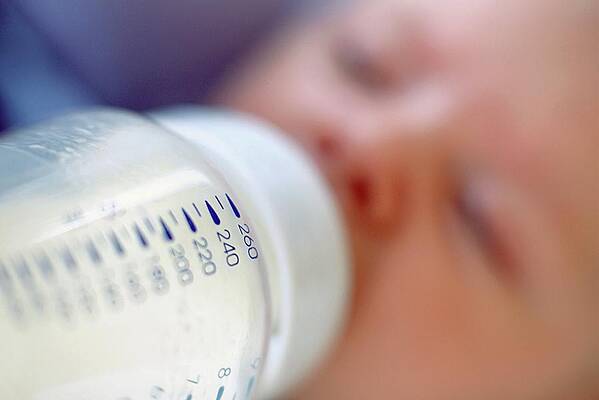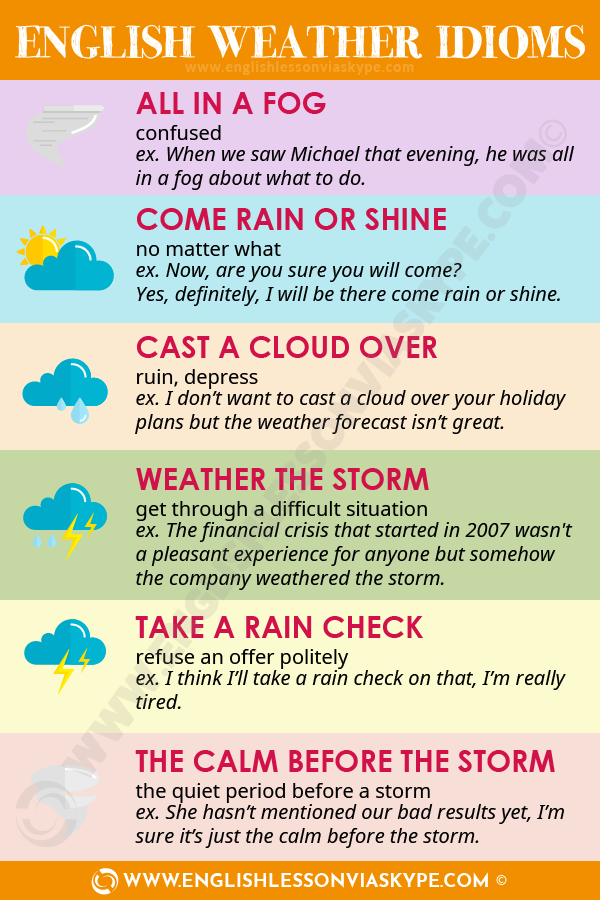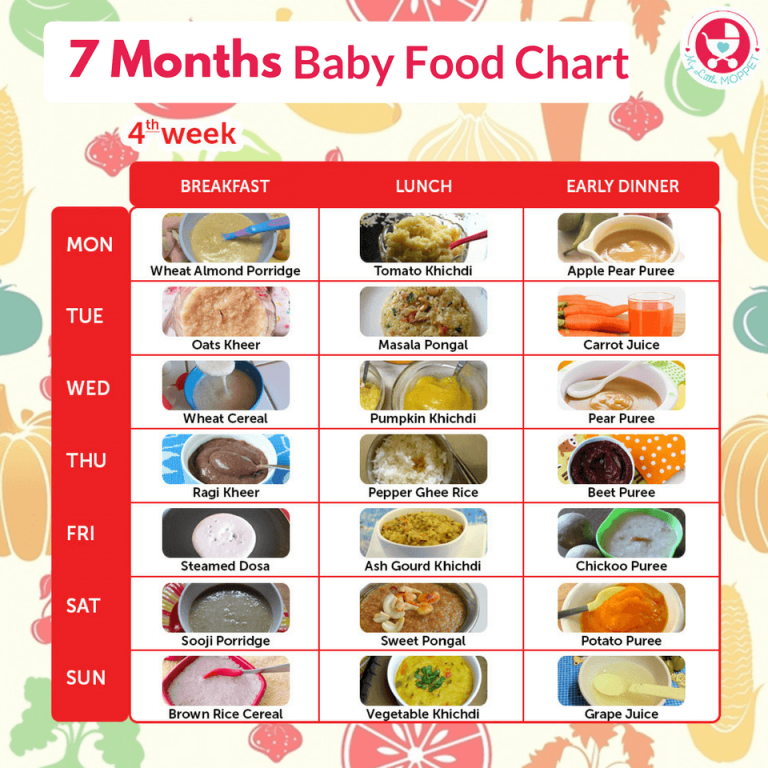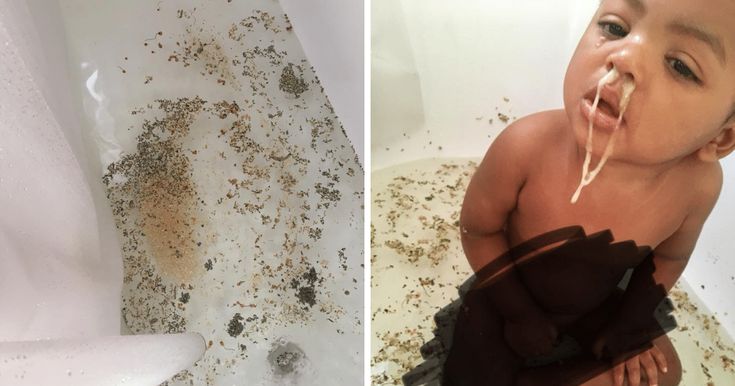Baby feeding more in hot weather
Babies And Hot Weather - 6 Important Things To Know
In most parts of the world, there are times when the weather can be really hot.
It’s important for everyone to take extra steps to stay cool and well hydrated during hot weather.
This is particularly important for babies because their bodies cannot adjust to changes in temperature as well as adults can.
Babies sweat less than adults older children, reducing their bodies’ ability to cool down. Hence, they’re more at risk of overheating and developing a heat-related illness.
It’s common for parents to have questions about feeding their baby in hot weather. This article provides you with 6 important things to be aware about babies during hot weather.
#1: Babies Often Need And Want To Feed More Often
During hot weather, many babies want to feed more often, just like we want to drink more often during such times.
Regardless of whether your baby is bottle-fed or breastfed, it’s a good idea to offer more feeds during hot weather too.
Feeding a breastfed baby more often means she gets more of the lower fat milk which satisfies her thirst more. You don’t need to worry about your baby wanting to breastfeed more often as your supply can adjust to her needs.
An older baby who is no longer exclusively breastfed can be encouraged to drink extra water between feeds.
#2: It’s Important To Dress Your Baby Appropriately
During hot weather, it’s important to dress your baby in light, loose clothing. It’s even better if the clothing is made of 100% cotton, which is breathable.
Some nappy-free time would be very welcome during hot weather too. This could be done, for example, on a portable change mat with a cotton towel placed over it.
#3: It’s Best To Stay Indoors
It’s best to stay inside during the heat, especially during the hottest part of the day (often between 11am-5pm in summer).
If possible, it’s best if outdoor activities can be done in the early morning and evening, when the temperature is cooler.
You can help protect your baby from the sun by keeping her in the shade as much as possible, using a hat with a broad brim, and using long sleeves and pants (made of light cotton). If sunscreen is necessary, look for a brand which uses minimal/no chemicals.
#4: Exclusively Breastfed Babies Don’t Need Extra Water
Leading health organisations such as Australia’s National Health and Medical Research Council recommend exclusive breastfeeding for around the first six months and then for breastfeeding to continue alongside suitable family foods for at least one year or as long as the mother and child desire.
Exclusive breastfeeding means a baby receives only breastmilk, no other liquids or solids are given, not even water.
Breastmilk is very thirst quenching with a high percentage of water. Feeding your baby according to her individual needs helps ensure she gets all the nutrition and water she needs even during hot weather.
Giving a breastfed baby water might actually reduce how much breastmilk she drinks and hence reduce your milk supply. Also, because a young baby has immature kidneys, giving her water can put her at risk of water intoxication. Hence, it’s important to seek medical advice before giving a young baby any water.
Also, because a young baby has immature kidneys, giving her water can put her at risk of water intoxication. Hence, it’s important to seek medical advice before giving a young baby any water.
Formula-fed babies may need extra water during hot weather – this is best guided by a doctor.
#5: Your Baby May Be Extra Fussy
When we’re feeling hot and bothered, the last thing most of us want to do is to sit close to someone else. Hence, it’s not really surprising that some babies may be reluctant to want to breastfeed during these times. If this is your baby, it can help to:
- Keep trying to follow her cues
- Place a light 100% cotton towel between you and your baby while breastfeeding to absorb any sweat and keep you both from sticking to each other
- Try breastfeeding lying down.
Some babies refuse to feed during the hottest part of the day. They cope by feeding for longer or more frequently in the cooler parts of the day such as evening, overnight and early morning.
#6: Watch Out For Signs Of Heat-Related Illness
It’s important to be aware of signs and symptoms of heat-related illness and to seek urgent medical advice if you notice any. Following are some signs and symptoms of heat-related illness in a baby:
- Looks unwell and is more irritable than usual
- Pale and clammy skin
- Sleepy and floppy
- Fewer wet nappies
- Dark-coloured urine
- Soft spot on baby’s head (fontanelle) appears sunken in.
Recommended Reading:
- Does My Baby Need Water? What You Need To Know
- Breast Refusal – 13 Tips For A Baby Who Refuses The Breast
- 3 Reliable Signs That Your Baby Is Getting Enough Milk
Breastfeeding In The Hot Weather
Breastfeeding in the summer heat can be tough, and as a mum to a toddler, I’ve experienced the ups and downs of breastfeeding. It can be difficult at the best of times without hot weather complicating things! To help fellow mums get through the hot weather this summer, together with the help of some of my colleagues, I’ve put together a guide to breastfeeding in the summer.
This guide will provide advice on making yourself and baby a little more comfortable in the heat, tips on breastfeeding in hot weather and signs to look out for that indicate dehydration.
How does hot weather affect breastfeeding?
During the summer as the temperature rises, you may find that your breastfeeding routine and breast milk changes.
You may find in hot weather that your baby either does not want to feed too much in the middle of day or that they are keen to feed more regularly but for shorter periods. Whilst it can be unsettling, try not to worry too much and just go with what baby wants. Follow a few more of the tips included below if you think baby is getting too hot.
There is a risk of dehydration in warmer weather. However, if you are breastfeeding, you may find that your breast milk has a higher water content to help keep baby hydrated. If it is not noticeably more watery, don’t worry either! As long as you keep yourself hydrated, this will help keep the water content up of your breast milk and help you avoid dehydration.
If your baby is older than six months, you can also offer them fruits with a high water content such as watermelon to help keep them hydrated. Breastmilk lollies can also be helpful!
YOU MIGHT ALSO LIKE
Best Maternity And Nursing Bras For Pregnancy And Breastfeeding
What’s The Best Bra To Wear When Pregnant Or Breastfeeding?
What if my baby is formula fed as well?
The same principles apply really. Your baby may not take their full bottle but might want to feed more frequently. The main difference here is if they are below six months old, you can offer babies sips of cooled boiled water when it is hot as formula does not contain as much water content as breast milk. Small sips are sufficient; it shouldn’t replace the feeds themselves. If you are combination feeding then still continue to offer the breast as you usually would.
What can you do to help your baby keep cool in the hot weather?
If you are outdoors, find a cool shaded area to breastfeed. Even better, use a fan or feed in an air-conditioned room. If using a fan, this should not be directed straight onto baby for long periods of time. If it’s a particularly hot day, you might find air conditioned places such as a shopping centre or café a better environment to spend time in!
Even better, use a fan or feed in an air-conditioned room. If using a fan, this should not be directed straight onto baby for long periods of time. If it’s a particularly hot day, you might find air conditioned places such as a shopping centre or café a better environment to spend time in!
Dress your baby in loose-fitting clothes (cotton is lovely and breathable) or even just a nappy if it is really hot. Lighter colours reflect the sun better than dark colours which will absorb the rays. Make use of a wide-brimmed hat as well.
Hang up damp towels to help cool down the room.
Avoid direct sunlight especially during peak hours of 11 am – 3 pm. Sunscreen isn’t usually advised for those under six months due to the sensitivity of their skin so it’s best to stay in the shade. However smaller amounts can be put on the sun-exposed areas and you might want to consider using a mineral sunscreen rather than a chemical one. Mineral sunscreens can be gentler and can also be applied immediately before going into the sun rather than having to wait for 20 minutes as you have to with the chemical sunscreens.
Use shade like a parasol when out. Using a muslin to cover the pram isn’t advised as it can actually increase the temperature inside. Some prams have summer shades or you can make use of a purpose-built sunshade that allows adequate ventilation.
You can consider using a water mister but make sure you cover little one’s eyes when spraying!
What about taking care of yourself in the hot weather?
Obviously, a lot of attention is focused on the baby but don’t forget yourselves, breastfeeding in the summer heat is tough.
Make sure you are drinking plenty! You need to stay hydrated – aim for at least 2-2.5 litres of water daily but the most important is to listen to your body. If you drink to satisfy your thirst you will stay well hydrated. Be sure to carry a large bottle of water with you.
Stay in the shade and avoid direct sunlight yourself. The last thing you want to happen is to get heatstroke!
Do I need to change anything if I am expressing?
Not really.![]() Express as you usually would, just be sure to keep yourself hydrated as previously mentioned. In addition, you may notice your milk looks a little more watery as a way of compensating for the heat.
Express as you usually would, just be sure to keep yourself hydrated as previously mentioned. In addition, you may notice your milk looks a little more watery as a way of compensating for the heat.
Breastfeeding in the summer heat: When should I be worried? How do I know if my baby is dehydrated?
If you notice the following symptoms of dehydration in your little one then you should consult a Doctor:
- Passing less urine – you will notice fewer wet/less heavy nappies and the urine might be darker in colour too
- Dry lips
- Sunken eyes
- Absence of tears
Dr Stephanie Ooi and Lactation Consultant Ann Dobson, MyHealthcare Clinic
READ NEXT
How To Pick Your Pump: The Ultimate Guide To Choosing Your Breast Pump
Breastfeeding: There’s No Use Crying Over Sh*t Milk
Tatyana Batysheva told how to properly feed children in the heat | Moscow
Estimated reading time: 2 minutes
841
pixabay.com
Moscow, July 10 - AiF-Moscow.
In hot weather, in order to avoid health problems, it is recommended to review the diet, and especially for children, says Doctor of Medical Sciences, Professor, Honored Doctor of the Russian Federation, Director of the Scientific and Practical Center for Child Psychoneurology of the Moscow City Health Department, deputy of the Moscow City Duma Tatyana Batyshev. She gave advice to help improve the nutrition of the baby. nine0005
In hot weather, children's appetite decreases, so it makes sense to swap lunch and afternoon tea. At midday, the child is more likely to eat a light snack, such as fruit or dairy products.
“The child can easily cope with such food before a daytime sleep, and after resting, he will already eat a full meal with pleasure, consisting of more high-calorie and protein-rich dishes,” says the specialist.
To compensate for increased physical activity, you can increase the calorie content of your child's diet by 10-15%, but this should not be done at the expense of carbohydrates. It is best to add additional dairy products or other sources of protein - poultry, fish, cheese. It is recommended to limit sweets and flour products. nine0005
Batysheva stressed that children should get enough fat. Ideally, they account for 30% of the total energy value, at least a third of the fats should be useful. Such fats can be obtained from unrefined vegetable oils, nuts.
A growing body needs a lot of vitamins and minerals, so a child's diet should include as many seasonal vegetables as possible: radishes, white cabbage, carrots, turnips, herbs, sorrel, cucumbers and others.
“For breakfast, lunch, afternoon tea and dinner, the child should receive vitamin-containing foods in raw form and with weak heat treatment: salads with vegetable oils, cold vegetable first courses and fruit purees. As a third dish, chilled fruit and berry kissels or mousses are well suited,” said Batysheva.
As a third dish, chilled fruit and berry kissels or mousses are well suited,” said Batysheva.
An important role is played by the observance of the drinking regime - the child's body is more sensitive to a lack of water. The doctor recommends having clean water, homemade fruit drinks, herbal teas on hand. Drinks for children should not be icy, but cool. nine0005
“You should immediately respond to the first signs of dehydration in a child: pale, dry skin, dry lips, rare blinking, the child may become more whiny, but there are no tears, the color of the urine becomes darker than usual, a pungent odor appears,” advises Batysheva.
weatherchildren's diet Moscowdoctor's advice
Next article
You may also be interested in
- Heat, pests and drought. We solve problems in the greenhouse nine0043
- How to sleep in the heat without air conditioning?
- Baby food in the heat.
 What to eat in summer nine0043
What to eat in summer nine0043 - The perils of summer vacation. What rules to remember in the heat
- Why is it necessary to turn on the car stove in the heat? nine0043
Media news2
Heat and a small child
“Here it is, what our summer is, ... the summer is warmed by the hot sun” - is sung in a famous children's song. But, unfortunately, sometimes such a long-awaited summer becomes a burden for both mothers and children, namely, when the thermometer shows over 30 degrees. On such days, we do not enjoy the summer, but escape from it. Very young children are especially difficult to tolerate the heat.
Very young children are especially difficult to tolerate the heat.
Where to look for salvation from the heat? nine0063
If you live in a city, then the ideal option for a hot period is to go to a summer house, a village, a camp site, etc. If you stay in a city, then in order to keep the natural coolness in the apartment, it is recommended in the morning and late in the evening, and after airing, close the night curtains tightly, especially if the room is on the sunny side. If you ventilate the room in the very heat of the day, the effect will be the opposite - the heat from the street will penetrate into your home. nine0005
Walk more or stay at home?
Sunburn is, of course, great, and the positive effect of sunlight on children's immunity is simply undeniable, but we must not forget that children, especially those under 3 years old, need to use sunscreen and strictly limit the time spent in direct sunlight .
During the hot period, it is better to spend more time at home, and plan walks either in the morning or in the evening right before bedtime. This is especially important for children under one year old. If you decide to take a walk during the day, then these should be exceptionally shady places, and even better near the water. It is better to avoid being in the sun from 11 am to 4 pm, when our sun is at its most active. nine0005
This is especially important for children under one year old. If you decide to take a walk during the day, then these should be exceptionally shady places, and even better near the water. It is better to avoid being in the sun from 11 am to 4 pm, when our sun is at its most active. nine0005
What shall we wear?
At home, the baby can run around naked or in shorts. For the street, the main recommendation is a panama hat, cap or other headgear, preferably made of light-colored fabric and with “breathing” holes. Clothing for walking, of course, must be chosen from natural fabrics, loose fit. It is not necessary to choose open T-shirts and shorts, it is desirable that the skin in very hot weather, on the contrary, be covered with clothes as much as possible, but the fabric of children's T-shirts - panties should be weightless, well breathable. nine0005
Bathing
Undoubtedly, water procedures make life much easier in hot weather for both children and adults. However, swimming with small children in open waters - even in officially permitted ones, and subject to all safety standards is not recommended.
However, swimming with small children in open waters - even in officially permitted ones, and subject to all safety standards is not recommended.
If you still got out to the river or lake, carefully monitor the time spent in the water: for kids under 3 years old - just a few minutes, for older guys - up to 10 minutes. After bathing, the child needs to stay on the shore, dry off, preferably under a towel and in the shade, and then plunge again. There are many such approaches. nine0005
If your child is still quite a baby, rubdowns and douches are suitable for him. It is better to pour a crumb up to a year in a small bath from a ladle, and an older baby can be gently rinsed in the shower (avoid sudden changes in water temperature). Even a simple wash with cool water will improve the well-being of the baby. In especially hot weather, water procedures should be done every 1-2 hours.
For children from one year old and later, there are now many pools and entire inflatable play complexes that can be used for water procedures while being close to home. nine0005
nine0005
How to feed a child in hot weather?
If the baby is still breastfeeding, then continue to feed him in the same mode. However, drink more liquids yourself - even if the milk becomes more watery. If the baby does not know at all what complementary foods are, there is no need to drink more water, mother's milk is enough to satisfy both the hunger and the thirst of the child. All mothers of grown children on hot days need to reduce their requirements for the child regarding food intake. Many children in hot weather, like adults, have a reduced appetite. Therefore, it is not necessary that the whole dinner be eaten, and hot soup is not desirable for many. Offer light meals - vegetable and fruit salads, just whole fruits and vegetables, milkshakes, curds, muesli with cool milk instead of porridge, etc. Do not worry, during the heat the lack of meat products in the diet will not have time to affect. Or, as an option, continue to feed the child with the same “dense” menu, but try to shift the time of taking the main dishes to the evening.











